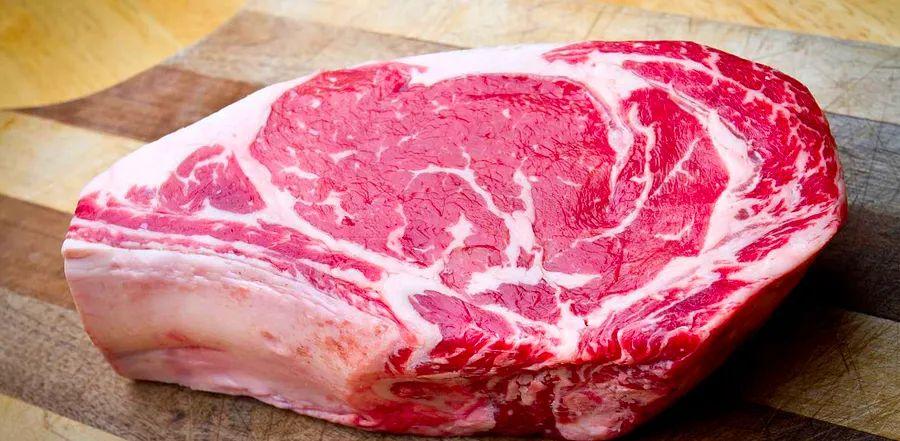How to Quickly Thaw Steak

Sometimes, you need steak fast. Whether you underestimated the number of guests, someone unexpected is joining your dinner, or time got away from you and dinner is in just an hour—no worries.
Don't panic. Even though your frozen steak is as solid as a rock, it doesn't mean you'll be waiting until midnight to eat.
The Fastest and Safest Way to Thaw Steak
Sure, the ideal way to thaw meat is in the refrigerator, but that takes 24-36 hours—and we need that steak now.
Here's what you need to do:
First, if your steak isn't already in a zip-top bag with as much air removed as possible, fix that. (If it's vacuum-sealed, you can leave it in that bag.)
Next, immerse the steak in cool water. It's crucial that the water is cool, not warm or hot. Cool water helps maintain safety by keeping the meat at a safe temperature as it thaws—essentially acting like a mini-fridge. This prevents the 'danger zone' (40°F to 140°F) from affecting the steak. You can use a large bowl, or simply plug the sink and fill it enough to submerge the steak bag.
Place a heavy object like a spatula or a wooden spoon on top of the steak to keep it fully submerged. This helps maintain the steak’s coolness. Exposing part of it to room temperature won't work.
If you’re thawing several steaks, speed up the process by placing each in its own bag and water bath, using separate bowls or containers. If the steaks are stuck together due to your freezing method, wait until they’ve thawed enough to separate them, then put each in its own bag and water bath.
Let the steak(s) soak for 30 minutes. After that time, check the progress. If it's not fully thawed, discard the water and replace it with fresh cool water. Be sure to keep the water cool to prevent any issues. This also helps avoid discoloration of the meat.
Steak will take around 30-45 minutes per pound to thaw with this method. Fortunately, most home cooks don’t typically prepare steaks larger than 16 ounces per person on a regular Tuesday. If you are, though, I salute your lifestyle, and it will just take a bit longer. The good news? The steak doesn't need to be completely thawed. Even if it's still slightly frozen in the center, you can go ahead and cook it—it just might need a bit more time on the heat.
Methods to Avoid for Quickly Thawing Steak
In the Microwave
I’m not a fan of using the microwave to defrost anything, but if it’s your go-to, I strongly recommend skipping it for steak. With a dense cut like steak, no matter how carefully you use the defrost function, rotate the meat, and monitor it closely, the microwave will start cooking the steak. This leads to an unappetizing gray color and a tough texture (tough enough to chew for days). If you absolutely have no other option, go ahead, but personally, if I had to thaw my steak in the microwave, I’d be ordering pizza and saving that steak for another day when I can plan ahead.
On the Counter
Leaving steak on the counter while you prep ingredients or heat the pan is okay, but it’s not a safe thawing method. Even a cooler area like a garage or basement won’t work. Food safety is no joke, and this method increases the risk of foodborne illness.
Is Thawing Steak in Warm Water Okay?
You might be tempted to use warm water to thaw your steak faster, but all this will do is promote the growth of bacteria. Steak needs a slow thaw, not a rush. Remember, bacteria thrive between 40°F and 140°F.
Can You Cook Steak From Frozen?
You can definitely cook a frozen steak without thawing it first (which proves my earlier point that a steak should never be microwaved). It may take about half again as long to cook, but some argue the difference in time is minimal.
When pan-searing a frozen steak, be aware that ice or moisture from the frozen meat can cause flare-ups with steam, oil, or butter. Handle with care.
If you plan to regularly cook frozen steaks rather than just in a pinch, try freezing the meat on a parchment-lined baking sheet first. Once fully frozen, wrap the steaks in plastic wrap and place them in individual zip-top bags, removing as much air as possible. This helps reduce excess moisture on the meat.

1

2

3

4

5
Evaluation :
5/5